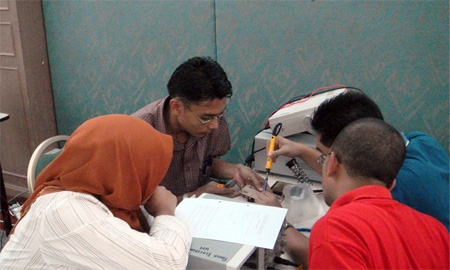The University of Malaya’s
Power Energy Dedicated Advanced Centre (
UMPEDAC) is a flagship of Malaysia’s academic excellence. Its main focus is on research and innovation in the field of information technology, particularly in applied science and renewable energy.
Headed by Prof Dr Nasrudin Abdul Rahim, initiatives at the internationally acclaimed institution include looking into environmental hazards from greenhouse gases produced by fossil-burning industries and carrying out research in
renewable-energy options.
UMPEDAC is involved in the Malaysia Building Integrated Photovoltaic (MBIPV) project. It is co-financed by the United Nations Development Pro-gramme (UNDP), Global Environment Facility (GEF) and industry. It aims to reduce direct and indirect emissions of greenhouse gases by reducing the long-term cost of BIPV technology through its increased use and through environmental and industrial policies. By tapping solar energy to generate electricity for buildings, the project is expected to increase Malaysia’s installed BIPV capacity by some 330 per cent and to lower the technology unit cost by some 20 per cent.

0 COMMENTS